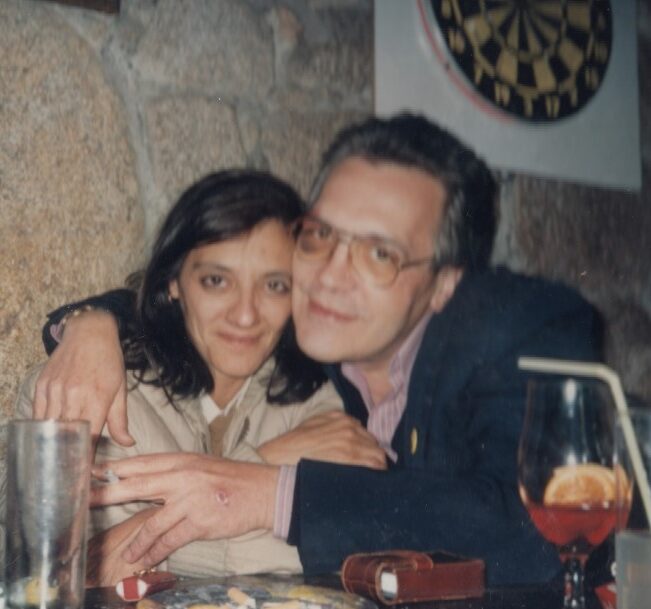Views: 0
10 mind-boggling images of the Kailasa Temple that prove ancient man had advanced technology
It seems that it has become a custom for mainstream scholars to discredit ancient cultures around the globe. Numerous ancient sites point to the fact that ancient civilizations that lived on Earth thousands of years ago were extremely advanced and sophisticated. Proof of that is yet another ancient site that cannot be replicated with ease, even today, in the 21st century.

The enigmatic Kailasa Temple at the Ellora Caves in Maharashtra, India has fascinated researchers and tourists for centuries. It is a breathtaking construction that points out that thousands of years ago, ancient cultures were far more advanced than what mainstream scholars are crediting them for. Everyone is trying to understand how the temple was built, cut out of the rocks, without the use of ‘modern’ technology.
The temple symbolizes Mount Kailash, the home of Lord Shiva, one of the most important ancient Hindu deities. The Kailasa temple is the 16th from a total of 34 caves which were literally excavated out of the surrounding rock. Mainstream scholars indicate that the ancient caves were built sometime around the fifth and tenth centuries AD, but many others disagree suggesting the caves are much older.
Many researchers believe that the builders of the Kailasa temple used a vertical excavation method in order to achieve what they did. They started at the top of the original boulders and worked their way downward carving out one of the most fascinating ancient temple complexes on the planet. But how did they do it? What did the ancient builders of the Ellora caves use to excavate and build? Mainstream scholars indicate that the caves were built with the use of hammers, chisels, and picks, thousands of years ago.
According to H.P. Blavatsky, many of these ancient temples date back much longer than what scholars today believe.
M.K. Dhavalikar, a notable Indian historian, and archaeologist, author of the book ‘Ellora’, suggests the shrines and the Kailasa temple were not excavated at the same time but are the result of a construction process that belongs to a number of different periods.
There is a perforated window in the west wall [of cave 15, a Hindu cave] on which is engraved a Sanskrit inscription in the Brahmi script of the eighth century. It is, however, incomplete and much of it has been damaged due to weathering. It gives the genealogy of the Rashtrakuta dynasty, from the founder Dantivarman (c. 600-30) and records the visit of Dantidurga (752-7) to the cave. It can, therefore, be placed in the middle of the eighth century. — Ellora, pp. 36-7 *Ellora, M. K. Dhavalikar, 2003, p. 7. (Source)
“This, of course, only proves that the caves existed in the 8th century and were engraved at that time with this inscription. Again, “There were inscriptions on pillars [in cave 33, a Jain cave] which are now mostly worn; a few letters that have survived suggest that the cave may have been built at around the ninth century” (ibid., p. 96). (Source)
But, whoever built these fascinating caves thousands of years ago surely had more than just ordinary hammers, chisels, and picks, like many ancient cultures around the globe who erected some of the most complex and extraordinary structures in the history of civilization, that still cause sensation among archaeologists who are unable to explain how such structures were built at all.
Take a look at these fascinating images of the Ellora caves and judge for yourself if ancient cultures had more than ordinary hammers, chisels, and picks thousands of years ago.










